Table of Contents
The archaeological excavations of Cumae are one of the most beautiful and enchanting sites in Campania and have brought to light the splendor of the city of Cumae, one of the Greek colonies oldest in Italy. The polis dates back to 730 BC and was abandoned in the early 13th century due to raids by Neapolitan armed troops.
The Archaeological Park of Cumae has been the subject of excavations from the 17th century onward, but it was not until the mid-19th century that a proper archaeological campaign was launched. Today most of the recovered finds are kept at the National Archaeological Museum in Naples and the Archaeological Museum of the Phlegraean Fields.
The history of ancient Cumae and its excavations.
The area of Cumae was inhabited during the Iron Age and probably as early as the late Bronze Age by indigenous peoples, as evidenced by the necropolis tombs in which ancient grave goods have been found that date from that period. The foundation of Cuma is attested around 730 B.C., and within a few years the colony developed very quickly through trade with the peoples of Campania and Latium.
Little Cumae expanded nearby, giving rise to other colonies on the Gulf of Naples, including Pozzuoli, Baia, Miseno, Naples and Capri. After years of political crisis, the city was conquered by the Samnites before and from the Romans then. Roman rule, however, did not benefit the prosperity of Cumae, which between the fourth and fifth centuries became a small settlement where the Acropolis once stood.
With the rise of Christianity many pagan buildings and temples became basilicas, and in the 5th century Cumae came under the control of the Ostrogoths and Byzantines. After years of Longobard and Saracen rule, Cuma's history was interrupted in 1207, when it was razed to the ground by Neapolitan troops.
The first excavation activities took place in 1606, when some marble statues and bas-reliefs were found. However, due to the increased interest in Vesuvian sites, the archaeological area of Cumae was abandoned. A first real excavation campaign will take place only in 1852 at the behest of the Prince Leopold, brother of the ruler Ferdinand II.
Explorations of the Acropolis began in 1911, and between 1924 and 1934 the Temple of Jupiter, the Sybil's Cavern and the Crypta were found, thanks to the work of Amedeo Maiuri and Vittorio Spinazzola. In the following decades, other important monuments were discovered and new restoration and consolidation works were carried out in the Archaeological Park of Cuma.
You might be interested
Guided tour of Pozzuoli's Flavian Amphitheater
per person Book
Guided excursion to the Antro della Sibilla in Pozzuoli
per person Book
Walking tour to the temple of Serapis in Pozzuoli
per person Book
Shared guided tour of Baia Castle every first Sunday of the month
per person Book
Guided tour in the Historic Center of Bacoli
per person Book
Tour of the Cumae Excavations with a stop at the Casina Vanvitelliana
per person Book
Guided tour of the Flavian Amphitheater of Pozzuoli
per person Book
What to see at the Archaeological Excavations of Cumae
The Archaeological Park of Cumae was founded in 1927 during excavation campaigns that began in the mid-19th and early 20th centuries. Thanks to the work of Amedeo Maiuri, the main buildings of theAcropolis and in the decades that followed, various research and further excavations were conducted, which enabled the site's visitable area to be expanded to 50 hectares today.
The area currently open to the public consists of the Acropolis, which includes the Cumaean Sibyl's Cavern, the Byzantine Tower, the Lower Terrace or Temple of Apollo and the Upper Terrace or Temple of Jupiter. Instead, among the relics of the lower town we have the Forum, the Forum Baths, the Crypta Romana, the Porta Mediana, and the Monumental Necropolis. Here are some of the must-see exhibits within the park.
Cavern of the Cumana Sibyl
The Antro della Sibilla Cumana is the main tourist attraction of the Cuma Archaeological Park. Scientific research interprets it as a tunnel for military use dug into the tuff to protect the Acropolis in Samnite times. The tunnel has side arms housing some cisterns that were used to collect rainwater.
Lower Terrace
On the ancient Via Sacra you reach the terraces area, where you can admire the two temples discovered to date. The Lower Terrace, known as the Temple of Apollo, houses several religious buildings that composed a vast sanctuary. This temple was erected in the 6th century BC and underwent major restoration in the Augustan period.
Upper Terrace
The Via Sacra continues up the entire hill to the summit of the Acropolis, where in the past the Major Temple dedicated to Jupiter. The temple dates from the 6th century BC and was extensively renovated by the Romans. Between the 4th and 6th centuries AD it was converted into a Christian church, and a baptistery was added to the rear part of the worship cell.
Hole
The Forum represents the square of the city and is the public place par excellence, where the main commercial and political activities of the polis took place. Perhaps the Forum was built in Roman times on the spot where the agora, the typical square of Greek cities, stood. In-depth research on this area of the Archaeological Park of Cumae has shown that until the 6th century B.C. this was a residential area and only later did it acquire a sacred and public role that it retained until the arrival of the Romans.
Forum Baths
The Forum Baths were built in the mid-first century AD north of the Forum. Their central location suggests that they had a public use, despite being small in size compared to the thermal baths Of Lake Avernus and Baia. The structure fully reflects the classical layout of Roman baths.
Monumental Necropolis
Just outside Porta Mediana is the Monumental Necropolis located just outside the city walls. Its monuments were erected in Samnite and Roman times between the second century B.C. and the second and third centuries A.D.
How to visit the Archaeological Park of Cumae
To admire the endless beauty in the Archaeological Park of Cumae, you can take advantage of this interesting Guided tour of the Cumae excavations with a stop at the Casina Vanvitelliana. Thanks to this visit you will have a chance to see the Sybil's Cave, the Saracen Tower and the Temple of Apollo, and there will be room for a trip to the nearby Casina Vanvitelliana on Lake Fusaro.
As for the tickets of access to the site, the full ticket costs €5, while the reduced ticket costs €2 for 18-25 year olds. Instead, admission is free for those under 18. Finally, Cumae Archaeological Park is open from 9 a.m. to 2:45 p.m. every day except Tuesday.

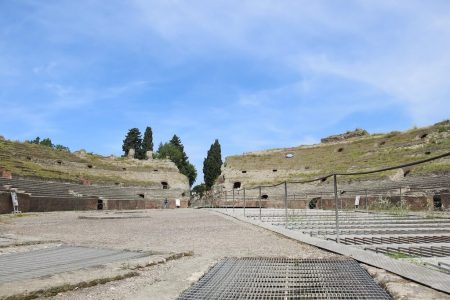
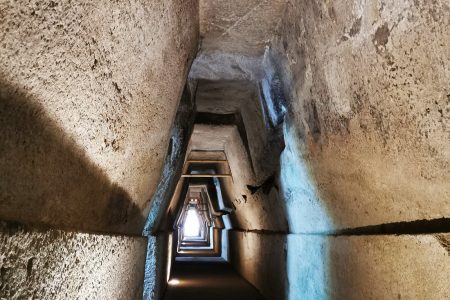
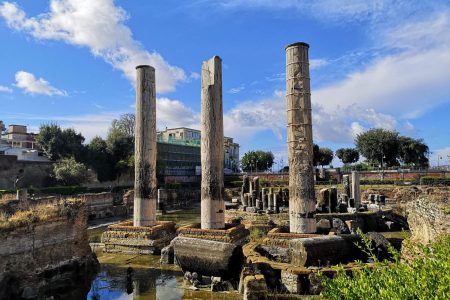
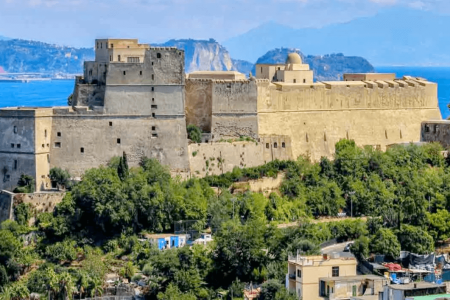
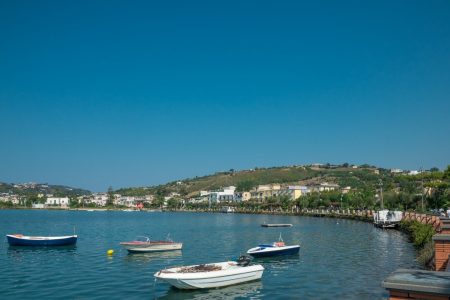
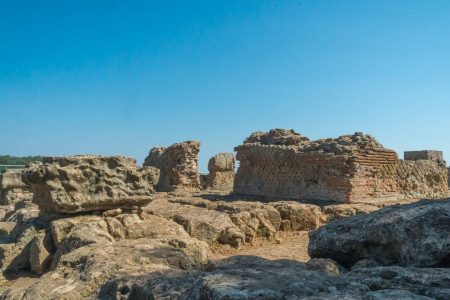

0 Comments